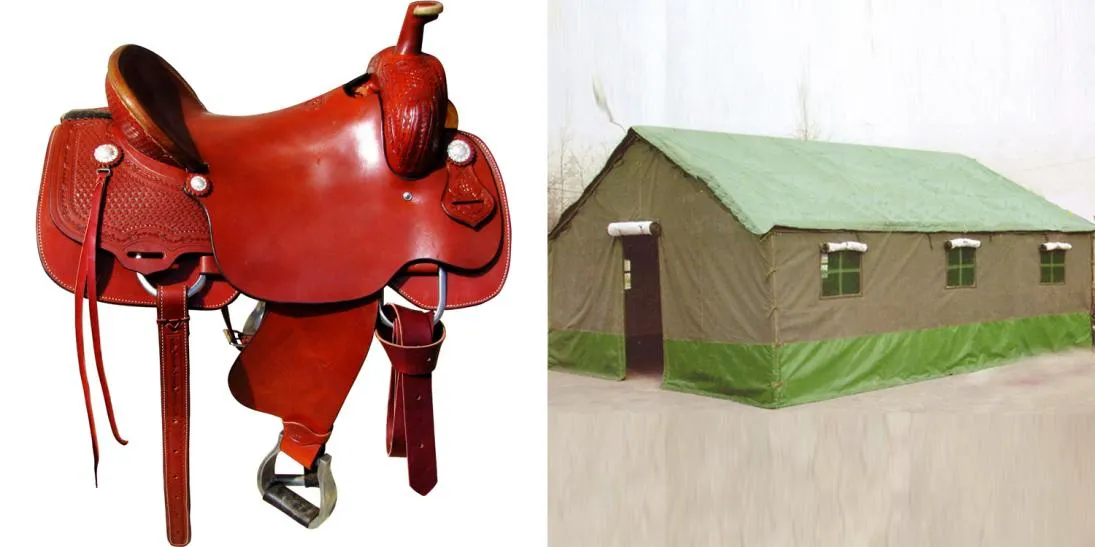what is twin needle sewing used for
What is Twin Needle Sewing Used For?
Sewing enthusiasts and professionals alike have numerous tools at their disposal, each serving a specific purpose to enhance the efficiency and quality of their projects. Among these tools, the twin needle stands out as a valuable accessory for sewing machines. Understanding what twin needle sewing is used for can open up a world of creative possibilities and elevate the finish of your sewing projects.
A twin needle consists of two needles attached to a single shaft, allowing one to sew two parallel lines of stitching simultaneously. This unique feature enables sewers to create beautiful hems, decorative finishes, and even functional seams that regular sewing with a single needle cannot achieve. Here are some primary applications of twin needle sewing
1. Decorative Hems
One of the most common uses for twin needle sewing is creating decorative hems on garments. The twin needle method produces two rows of stitching on the top and a zigzag pattern on the underside, making it ideal for knits and stretch fabrics. This technique gives a professional appearance to hems, preventing them from curling, while also allowing some stretch—a crucial consideration when working with elastic materials.
2. Pintucks and Decorative Stitches
Twin needles are also used to create pintucks, which are small, raised seams that add texture and dimension to fabrics. This technique is especially popular in blouses, skirts, and home décor items. By sewing close together with a twin needle, you can produce uniform pintucks that enhance the aesthetic appeal of your projects.
Moreover, you can explore countless decorative stitching techniques using a twin needle. Many sewing machines have built-in stitch patterns that work well with twin needles, allowing for creative designs on garments, quilts, and crafts. By playing with different thread colors and needle sizes, you can achieve stunning visual effects.
what is twin needle sewing used for

3. Attaching Trim and Elastic
Another practical application of twin needle sewing is the attachment of trims, such as lace or ribbon, to fabrics. By stitching through the trim and the garment simultaneously, you can secure embellishments effectively, making sure they lie flat and do not shift during wear or laundering. Additionally, twin needles are often used when sewing elastic to fabrics, providing a secure but stretchy seam that allows for movement while maintaining a polished look.
4. Enhancing Quilts and Crafts
Quilters can benefit significantly from twin needle sewing as well. The ability to stitch parallel lines adds depth and dimension to quilted items. Many quilters use twin needles to create decorative lines between quilt squares, adding visual interest and drawing attention to specific areas of their work.
5. Features to Consider
When using a twin needle, it is essential to choose the correct size and weight for your project. Twin needles come in various sizes, which affect the thickness of the thread used and the type of fabric you can sew. Additionally, using the proper thread type—often a thicker thread for a more pronounced effect—will enhance the overall quality of your finished seam.
In summary, twin needle sewing unlocks a multitude of creative and practical applications for sewists. From creating beautiful hems and decorative stitches to attaching trims and sewing elastic, the twin needle is an indispensable tool for achieving professional-quality finishes in your sewing projects. Whether you’re a beginner or an experienced sewer, incorporating twin needle techniques into your workflow can greatly enhance your skills and results. Embrace this versatile tool in your sewing kit, and watch your creative visions come to life with every stitch!
-
Heavy Duty Leather Sewing Machine: A Must-Have for Professional LeatherworkNewsMay.28,2025
-
Leather Sewing Machine: Essential for High-Quality LeathercraftNewsMay.28,2025
-
Extra Heavy Duty Sewing Machine for Premium Leather ApplicationsNewsMay.28,2025
-
Walking Foot Cylinder Arm Sewing Machine: Precision and Power CombinedNewsMay.28,2025
-
Industrial Cylinder Arm Sewing Machine: Engineered for High-Performance StitchingNewsMay.28,2025
-
Cylinder Bed Sewing Machine: A Powerful Solution for Precision StitchingNewsMay.28,2025
-
Zigzag Sewing MachineNewsMay.12,2025





























